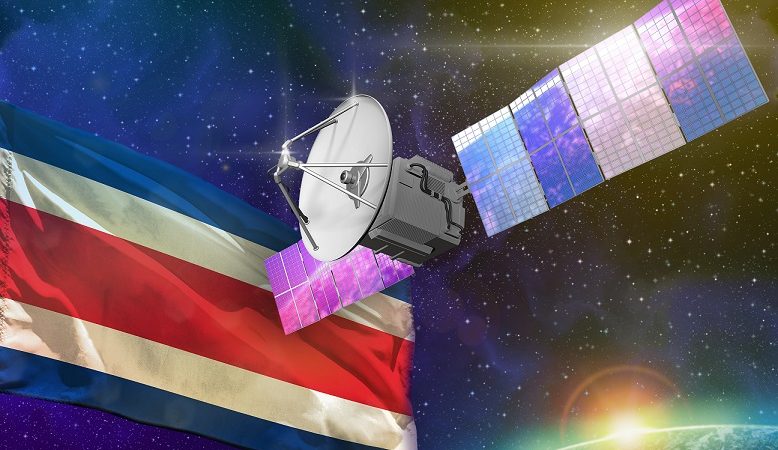With JUPITER 3 arriving in the geostationary satellite firmament, Hughes Technology solidifies its presence as an alternative for telecommunications in Latin America.
Intelligent CIO spoke with Daniel Losada, VP of International Sales and Marketing at Global Hughes Technology, to understand the company’s strategy for Latin America regarding its telecommunications and connectivity offer for the most remote regions of the continent, based on its satellite system.
To achieve this, the company has developed various technological and strategic advancements to improve the principal indicators for its service, such as coverage, quality and latency.
One of these advancements was released earlier this year, consisting of a hybrid wireless and satellite communication offer that allows interconnecting remote geography points more efficiently both in costs and on the ground
Hughes has experience operating and optimizing satellite and multi-transport networks for network operators, distributed organizations and governments that need to expand their networks and connect people without Internet access.
As a leading global provider of the industry, Hughes develops custom or standard satellite solutions to meet the needs of national, regional or worldwide networks through the JUPITER System.
The new generation of satellites
The second advancement is related to the JUPITER satellite fleet, which plans to launch the JUPITER 3 version in the first quarter of 2023 in a geostationary position located at 95° west latitude, from where it will cover the US and Canada, its traditional markets, but also the rest of Latin America, particularly relevant economies such as Brazil, Mexico, Colombia, Peru, Ecuador, Chile, Argentina, among others, where the geographies are rugged, and the terrestrial networks have higher demands.
JUPITER 3, according to the company, is a Next-Generation Ultra-High-Density Satellite (UHDS) with which Hughes dramatically expands the reach and overall capacity of its JUPITER satellite fleet for the Americas because it has between two and three times the Ka-band capacity of JUPITER 2. The expectation is for it to be the world’s largest commercial communications satellite, increasing the total capacity of the JUPITER fleet to over 1 Tbps.
In addition, this satellite will drive service plans with download speeds of up to 100 Mbps, marking the beginning of a new era of higher-speed services for consumers outside the reach of traditional services such as coaxial cable and fiber optic.
Finally, JUPITER 3 will support in-flight Wi-Fi, maritime connections, business networks, backhaul for Mobile Network Operators (MNOs) and community Wi-Fi solutions and will be the first HTS to use the Q and V bands for the feeder links to the gateway to optimize the amount of available Ka-band for customers and, with this, drive the continuous growth of HughesNet across the American continent.
Click below to share this article

